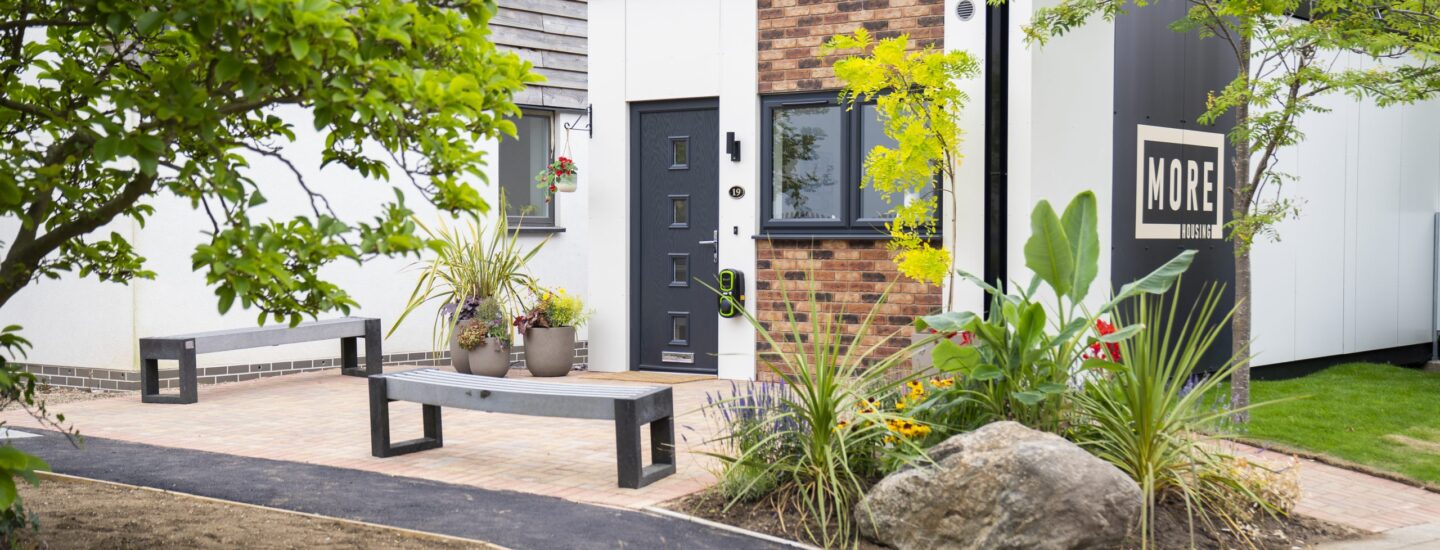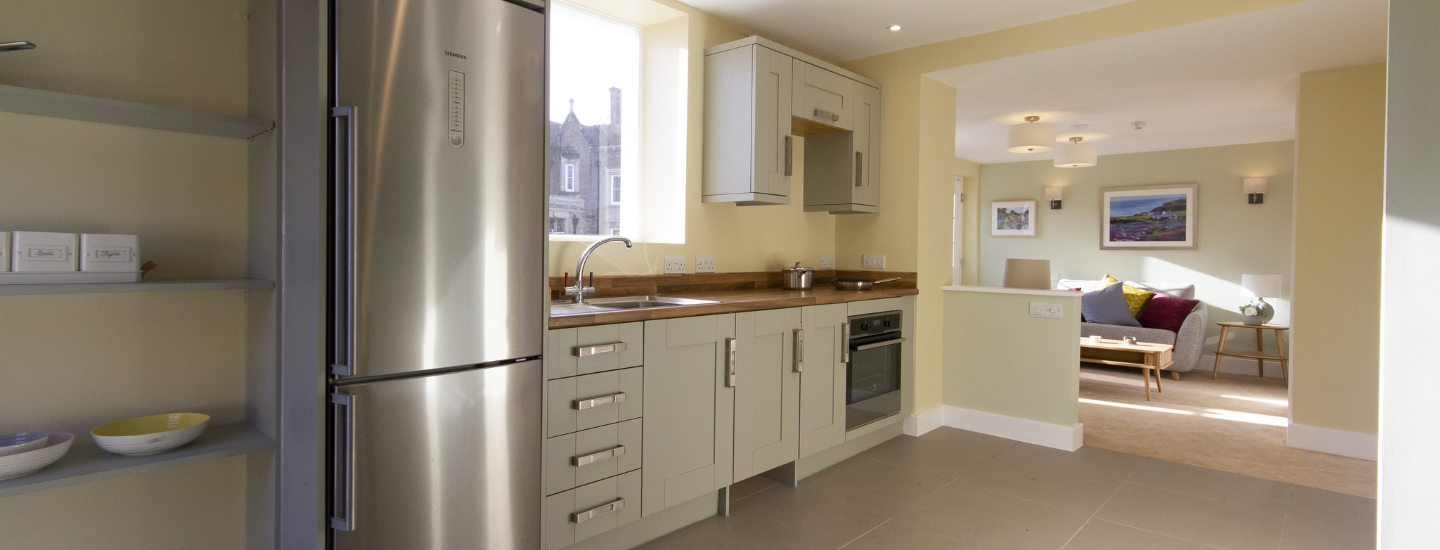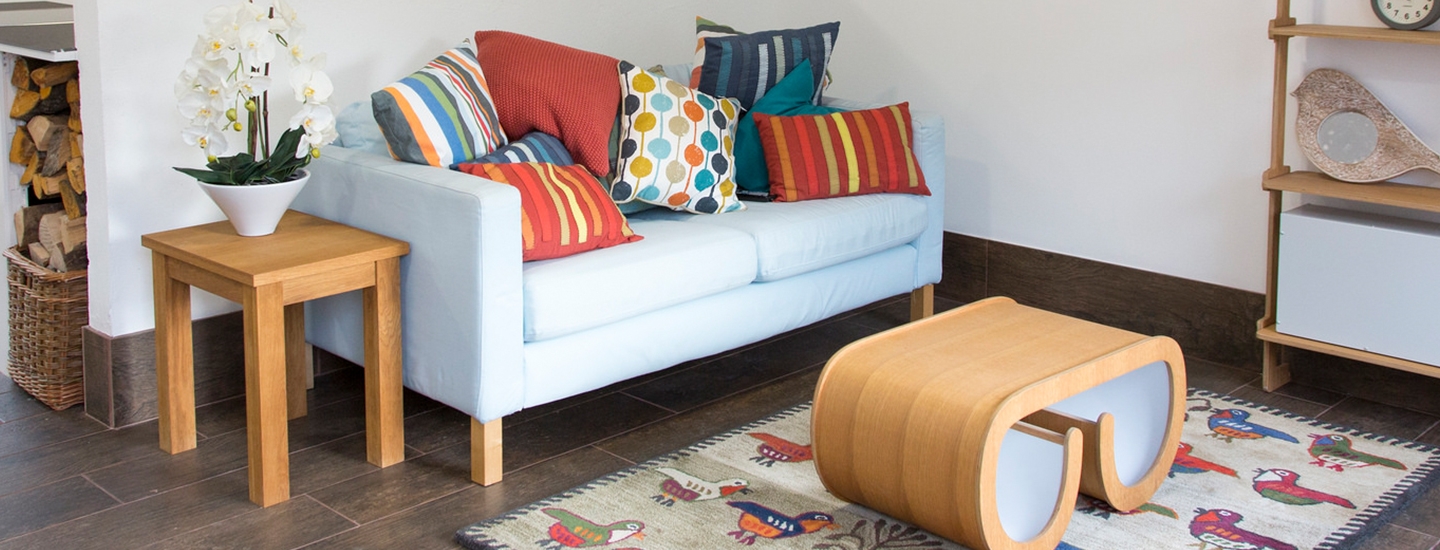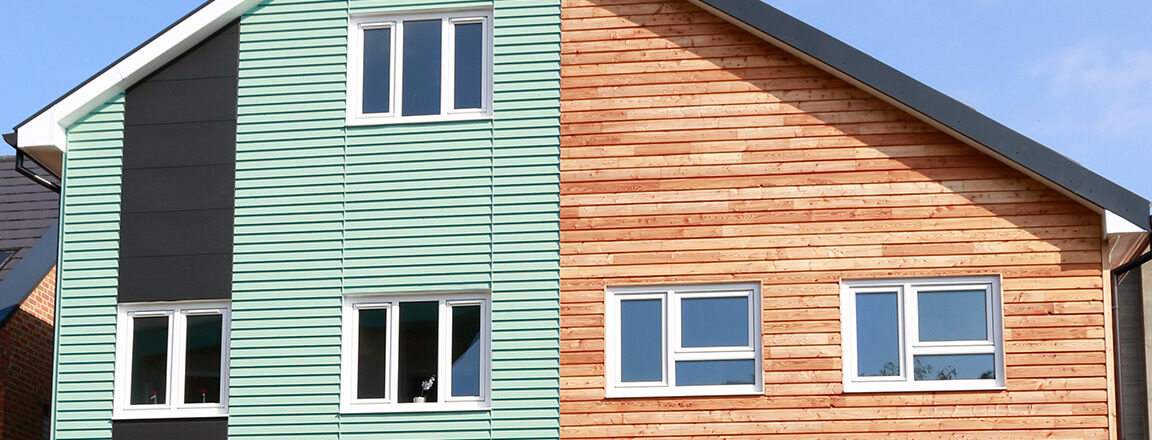About the BRE Science Park
BRE’s purpose is to find solutions to challenges like climate change and to make the built environment safe and secure for communities. The BRE Science Park is where we develop our science-based solutions and pioneering research.
About the BRE Science Park
The BRE Science Park is home to our world-class research and testing laboratories, where we test and assure the safety and security of everything from the smallest component to entire buildings.
We have brought some of this pioneering research to life in the BRE Flood Resilient and the Living with Dementia homes.
The BRE Science Park also aims to give a future look at sustainable buildings and communities in the BRE Innovation Zone.
This enables the pioneering ideas of innovators, architects, developers and manufacturers to be tried and tested before they’re rolled out in real communities. The sustainable energy-focused Zero Bills homes , which were trialled at the BRE Science Park, can be found in Essex and Hertfordshire in the UK.

Commercial space for hire
We have a range of commercial and event spaces, including a lecture theatre and break out space for 198 people. Explore our events and conferencing spaces.
Learn MoreSeismic commercial building
The Seismic demonstrator shows how platform-based construction can exceed Construction 2025 targets in delivery, carbon and cost. It designed to provide cost effective buildings for the education sector.
Explore the Seismic buildingCollida Living PassivHaus+
There are two Willmott Dixon Collida homes: one is fully fitted out and the other shows the modern methods of construction (MMC), Passivhaus and mechanical, electrical, and plumbing technologies that were used in its construction. The homes were produced with a system build approach, using 70% of MMC components, and are designed to improve the efficiency and environmental performance of volume house building. It is a fully integrated platform, that comes with a pre-authored ‘kit of parts’ in its design configuration software.
Explore Collida homesThe Parker from More Housing
This modular home arrives plumbed, wired, and partially furnished, with the kitchen and bathroom completed at the factory. It can be quickly installed on foundation pads and remains relocatable so that long term planning permission is not always necessary, and it can be used for social housing. The house is manufactured in the UK and targets the Future Homes Standard on minimum floor space and indoor air quality.
Explore The Parker home
The Zero Bills Home by ZedFactory
Designed to keep energy bills to a minimum, this home features super-insulated cladding with heat recovery ventilation and triple glazing. This reduces heat demand, so that a tiny heat pump provides heating and hot water. Good daylight, water saving appliances and LED lighting reduces electric demand, allowing the surplus solar electricity to power an electric car.
Explore the Zero Bills HomeBRE Dementia Friendly House
With 1 million dementia sufferers in the UK predicted by 2025, BRE commissioned a retrofit project in a Victorian terraced house to show how building design can help people with dementia live independently for longer.
Explore the Dementia Friendly House

BRE’s Flood Resilient Repair House
With climate change causing an increase in extreme weather events and rising water levels, BRE commissioned the Flood Resilient Repair House. It demonstrates techniques and methods that could improve resilience to flooding and damage and is designed to be easy to restore after a flood.
Explore the Flood Resilient Repair HouseÜserhuus
The Üserhuus house is made up of volumetric units 4.9m by 9.9m and can be built as single storey or up to 4 storeys, in a number of configurations. The volumetric units arrive on site ready to be lifted onto pre-prepared foundations and service connections. Tigh Grian was set up to provide cost effective quality housing for mainstream homes, hostels, and other accommodation.
Explore the Üserhuus
ZEDpods by Zedfactory
ZEDpods are homes for young people and key workers, making use of the space above car parks, for low-cost accommodation that’s close to amenities and jobs. The ZEDpods are net zero carbon, and use integrated roof mounted solar panels to charge a battery store.
Explore ZEDpodsThe Prince’s Natural House
The Prince’s House is a low-tech, low-carbon, low-cost model designed for high-volume housebuilders. It was built by The Prince’s Foundation. Solid walls are made from strong, lightweight clay blocks, with external lime render, high levels of thermal insulation and lower embodied energy than conventional bricks.
Explore the Prince’s Natural House
Project Etopia
Project Etopia’s 108 sqm 3-bedroom house is a detached demonstration unit which is weather and fire resilient, that costs around 50% less than a conventional home. This new smart home features its own solar cladding, with Great British Voltaic solar and tiles, triple glazed windows, and an air-to-water heat pump with underfloor heating.
Explore Project EtopiaPrevious exhibitors at the BRE Science Park
- Trillium house (2018) – a light gauge steel frame house delivered entirely in two 40’ containers.
- Kodasema (2017) – a multi-purpose self-build structure
- LHC marketing suite (2016) – LHC frameworks suitable for low, medium and high-rise homes
- Integer house / BRE Smart home (1998 / 2013) – a pioneering home built to demonstrate green tech with a green roof and grey water recycling. It was refurbished in 2013 as the BRE Smart Home to include building integrated photovoltaic solar panels. Read more about Integer House.
- The Modular Cub House (2011) – a modular home manufactured in 16 days and constructed in 7 days.
- The Renewable House (2009) – an affordable home meeting Level 4 of the Code for Sustainable Homes through the use of renewable materials.
- Barratt Green House (2008) – the first home by a mainstream housebuilder designed to Level 6 of the Code for Sustainable Homes.
- Hanson Eco house (2007) the first masonry house designed to Level 4 of the Code for Sustainable Homes, shaped like a kiln to enhance natural air currents.
- Stewart Milne Sigma home (2007) – the first home in the UK designed to Level 5 of the Code for Sustainable Homes, refitted to showcase and test innovative low energy products and technologies.
- The Osborne House (2006) – a low cost, quick build system for the social housing market.
Sign up to our newsletters
Get the latest updates and offers on our products, events, standards and qualifications.
Sign up